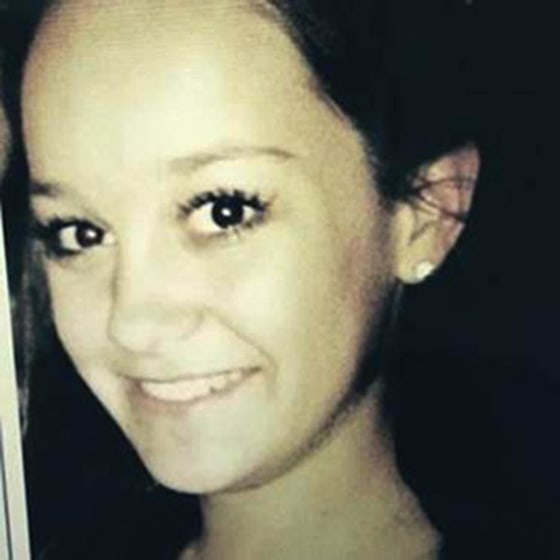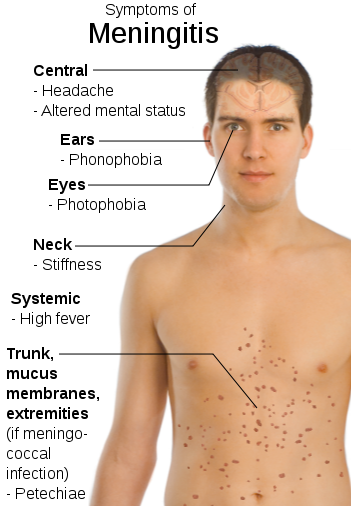Chris Carrington
Activist Post
There
are two types of pole shift. The terrestrial kind is where the land
masses actually move from their current positions to new ones sometimes
thousands of kilometers away. Then there’s magnetic pole shift, a flip
in the Earth’s magnetic field where the north and south poles exchange
places.
Adam Maloof, associate professor of geosciences at
Princeton University has believed in terrestrial pole shift since his
student days. Years of research has not fully proven that terrestrial
pole shift does occur at all, but his research has shown there is no
possible way it could happen the way he envisioned it would.
Maloof aired his theory on a
National Geographic
television program in 2009. The geological evidence discovered during
the show found rocks in Australia that were ‘born’ thousands of miles
away, and Maloof saw this as evidence of violent upheaval.
The
rocks had the ‘wrong’ polarity for their situation. As a geologist he
knew that rocks maintain their original polarity from the time they are
pushed up from the bowels of the earth until they crumble away to dust
millions of years later. Finding rocks that originated thousands of
miles north on an island in the southern hemisphere offered further
proof to him that his theories were correct.
Closer inspection presented him with a major problem though.
There
was no evidence of any violent upheaval, none, nothing at all to
explain how the rocks had arrived in their current location. The pattern
was repeated at other sites around the globe. He and his team turned up
dozens of examples of rocks that just shouldn’t be where they were
finding them. Rocks that originated near the north pole were marooned in
Australia and formations that were known for sure to have started their
lives in the southern hemisphere were now located thousands of miles to
the north.
Maloof immediately concluded that a terrestrial pole
shift couldn’t have happened …but that didn’t explain the out-of-place
rocks
After thinking about the issue for some time he hypothesized
that terrestrial pole shift could occur after all, but on a scale so
slow that we can’t feel it happening. You can hear his explanation on
Listen To The story: Talk Of The Nation.
Many
scientists do not follow his theory, preferring to believe that the
rocks with opposing polarity just came up from the Earth’s interior when
the magnetic poles were in their opposite position, or that they
arrived where they are due to
continental drift.
Magnetic
pole shift is a different thing entirely. The Earth’s crust stays in
place, there is no movement of rocks or anything else on the surface of
the earth. What changes is the Earth’s magnetic field.
The
magnetic field around the Earth is generated by the movement of molten
iron in the outer core. When working properly it protects us from
particle storms, cosmic rays, UV type B radiation and subatomic
particles flying in from deep space. Without it the ozone layer would be
eroded, and we would be exposed to almost everything the universe has
to throw at us.
Every few hundred thousand years the force of the
magnetic field reduces until it is almost not there at all, and at this
point the magnetic poles flip over, the poles exchange places. The
geological record tells us that there have been many such reversals. The
last one is thought to have happened about 780,000 years ago.
Our
magnetic field has been weakening for 150 years now, but the weakening
is not uniform. Professor Elgil Friis-Christensen former director of
Denmark’s National Space Institute told the
BBC:
We
talk about the weakening of the global field but in some local areas,
such as in the South Atlantic, the field has gone down 10% in just the
last 20 years. But we do not know whether we will go into a reversal or
whether the global field will recover.
Pole shift is not synchronized; for a while we may
have two,
or more south poles, or north poles, as the field adjusts and settles
into its new position. It’s a total unknown as to how long the planet
would not have the shielding effects of the field.
No one has yet
even guesstimated how long it takes to complete the reversal and for the
field to return to normal operating levels.
Read More Here



 Courtesy of Ross family
Courtesy of Ross family
